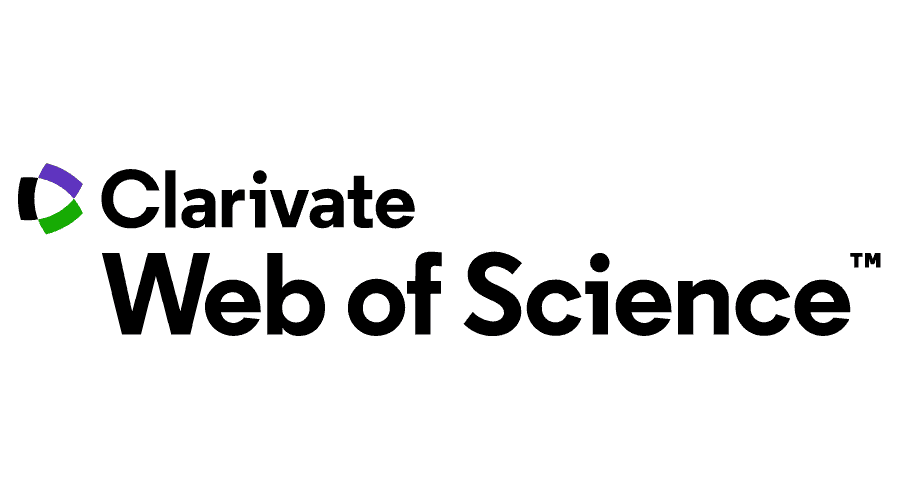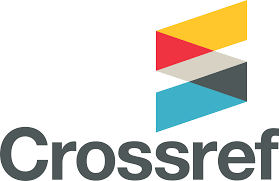Abstract
Previous studies have been neglected the behavior of the owners who are non-members when discussing brand community (BC), even though they are substantially larger. This study purposely discuss what are the differences between the two by using model of goal directed behavior (MGB) and uses the findings as a way to recruit non-members in BC activities. This study also proposes some refinements to the original concept of MGB. This survey-based study, conducted with 201 active members and 226 non-members of a motor club in Indonesia, employs structural equation modeling methodology which supports the proposed model. The findings suggest that non-members have a stronger effect of positive anticipated emotions on attitude and desire to participate, which could be the starting point for marketers to recruit them. While for non-members, the perceived behavioral control and attitude toward BC activities have greater effects. The findings and discussion lead to some managerial and research implications.
Recommended Citation
Sukoco, Badri Munir
(2011)
"Individual Differences in Participations of a Brand Community: A Validation of the Goal-Directed Behavior Model,"
The South East Asian Journal of Management: Vol. 5:
No.
2, Article 2.
DOI: 10.21002/seam.v5i2.1001
Available at:
https://scholarhub.ui.ac.id/seam/vol5/iss2/2
Included in
Management Information Systems Commons, Management Sciences and Quantitative Methods Commons












